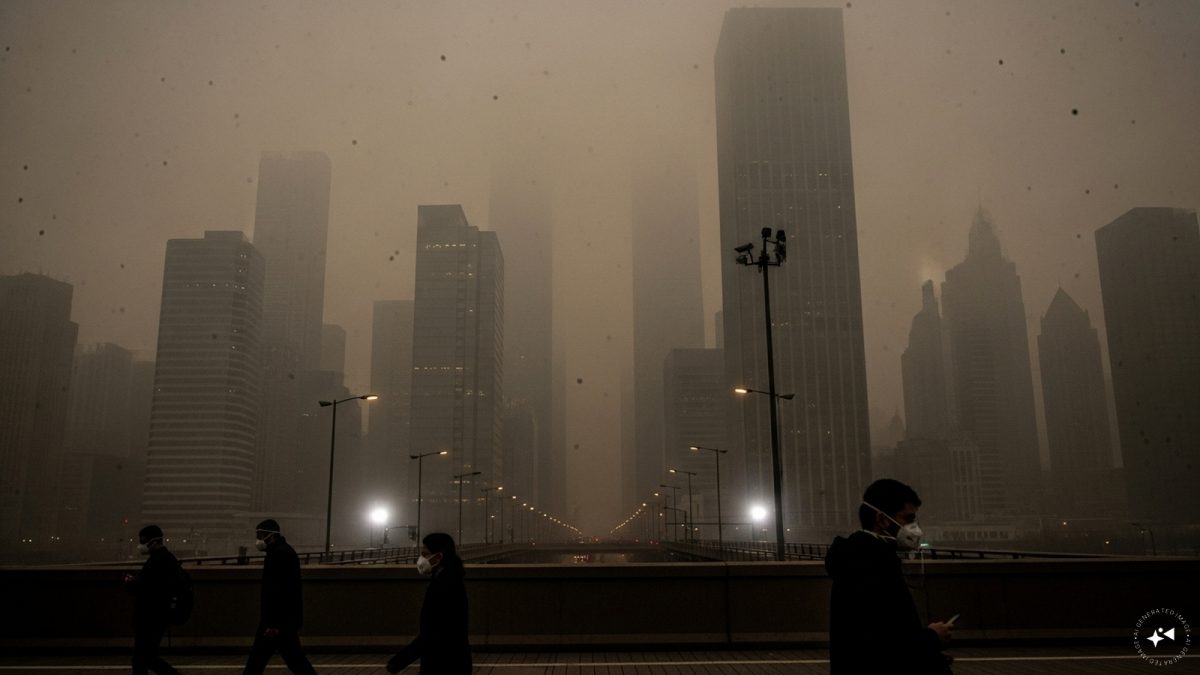As air quality in Delhi and several northern cities plunges to “severe” levels, pulmonologists are warning that India is staring at an escalating chronic lung disease crisis, much of it driven not by smoking, but by toxic air. From COPD to asthma and even heart disease, the impact of particulate pollution is deeper and deadlier than most people realise.
India already bears one of the highest respiratory disease burdens globally. According to WHO estimates, 90 per cent of COPD-related deaths occur in low- and middle-income countries, with India contributing heavily due to unchecked pollution, biomass fuel exposure and poor indoor air quality. A recent Lancet study also found that prolonged exposure to PM2.5 significantly increases risks of mortality, COPD exacerbations and irreversible lung damage.
COPD is no longer a “smoker’s disease”, pollution is fuelling a silent epidemic
Doctors say the rise in COPD cases, especially among non-smokers is one of the most worrying trends.
“Chronic obstructive pulmonary disease is now one of the main causes of mortality, driven by increased exposure to air contaminants,” said Dr Akshay Budhraja, Senior Consultant and HOD, Respiratory & Sleep Medicine, Aakash Healthcare. He added that pollution-related toxins are also linked to asthma, lung fibrosis, cystic fibrosis, and lung cancer. “Even short-term exposure to outdoor pollution increases morbidity and death.”
Echoing this, Dr Raja Dhar, Director & HOD, Pulmonology, CK Birla Hospitals, Kolkata said it is time to reframe how the disease is viewed.
“We must shift from calling COPD a smoker’s disease to an exposure disease. In India, non-smoking COPD is a much bigger public health crisis, driven by biomass smoke and severe air pollution—even among the young.”
How pollution damages lungs
Particulate matter (PM2.5 and PM10) is at the heart of this crisis. These ultra-fine particles enter deep into the respiratory system and trigger inflammation, scarring, and permanent narrowing of airways.
“Particulate matter is made up of tiny airborne particles, dust, smoke, emissions, pollen, pet dander, mould spores. These particles can reach the alveoli and erode their walls, causing lung damage. The smallest particles even enter the bloodstream, increasing the risk of heart attack and stroke,” said Dr Sushrut Ganpule, Consultant, Chest Medicine at Jupiter Hospital (Pune).
Quick Reads
View AllIndoor air pollution is just as harmful
“Indoor and outdoor air quality are crucial, especially for COPD patients. Particulate pollution worsens symptoms, decreases lung function and triggers dangerous flare-ups,” said Dr Aakaar Kapoor, Founder of City Imaging and Clinical Labs.
He added that indoor particles from biomass fuels, incense, cooking fumes, tobacco smoke and dust significantly increase COPD risks.
COPD often develops silently and is dismissed as ‘ageing’ or ‘smoker’s cough’ One of the biggest challenges, doctors said is that COPD progresses quietly. “Many people ignore symptoms like persistent cough, breathlessness on exertion, or recurrent chest infections. COPD is often dismissed as age-related or a smoker’s cough, leading to delayed diagnosis,” says Dr Harshil Alwani, Consultant, Pulmonology at CK Birla Hospitals, (Jaipur).
Adding to this, Dr V. Nagarjuna Maturu, Senior Consultant, Pulmonology, Yashoda Hospitals (Hyderabad) said “Millions suffer from COPD worldwide, yet it remains overlooked. A simple spirometry test can detect it early, long before irreversible damage sets in. Early diagnosis greatly improves quality of life.”
Winter makes everything worse: smoke, infections and cold air
COPD patients and those with chronic respiratory issues face heightened risk during winter.
“As winter arrives, pollution rises sharply. Cold air, smoke, and seasonal infections can easily trigger flare-ups. Avoiding pollutants, staying active, using inhalers correctly, and keeping vaccinations updated are essential,” said Dr Alwani.
Doctors also warn that climate change, through heatwaves, dust storms and wildfires is worsening air quality and accelerating respiratory disease trends.
How to reduce exposure and protect your lungs
While outdoor pollution cannot be controlled individually, doctors recommend practical ways to lower exposure and prevent flare-ups:
Dr Manav Manchanda, Director & Head, Respiratory Critical Care & Sleep Medicine at Asian Hospital said “When air quality is poor, stay indoors, use air filters, and seal windows. Vaccinations for flu, pneumonia and RSV are essential for high-risk groups, especially those over 60 or with COPD.”
Other key precautions include:
*Avoiding morning walks during smog hours
*Using N95 masks outdoors
*Ensuring proper ventilation while cooking
*Reducing incense and indoor smoke exposure
*Following inhaler therapy consistently
*Getting timely spirometry tests if symptoms persist
*COPD is preventable and treatable if detected early
Despite the rising pollutant load, pulmonologists stress that chronic lung diseases can be managed with early screening and timely care.
“COPD is preventable and treatable if we understand its hazards early. Breathing is the most basic and valuable act so it must never be taken for granted,” says Dr Maturu.
With clean air initiatives lagging and pollution peaks becoming routine in India’s cities, doctors worry that chronic respiratory diseases will only rise.
Chandan Prakash is a Chief Sub-Editor with Firstpost. He writes on politics, international affairs, business and economy. He can be contacted at Chandan.Prakash@nw18.com
)